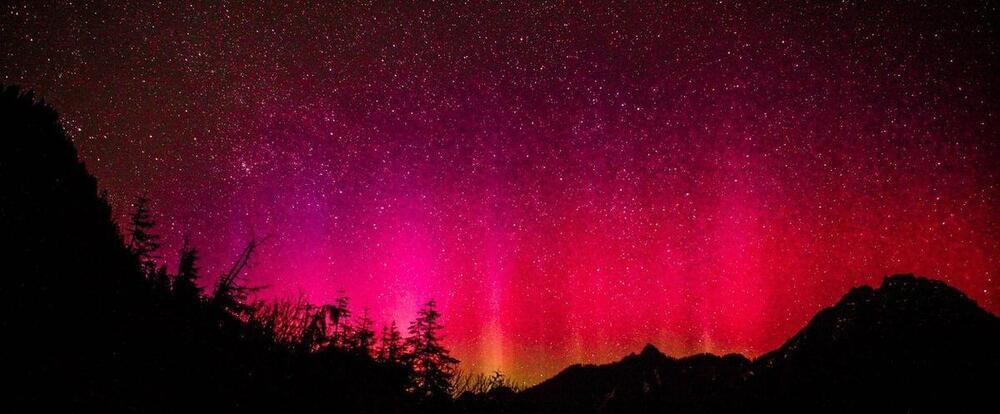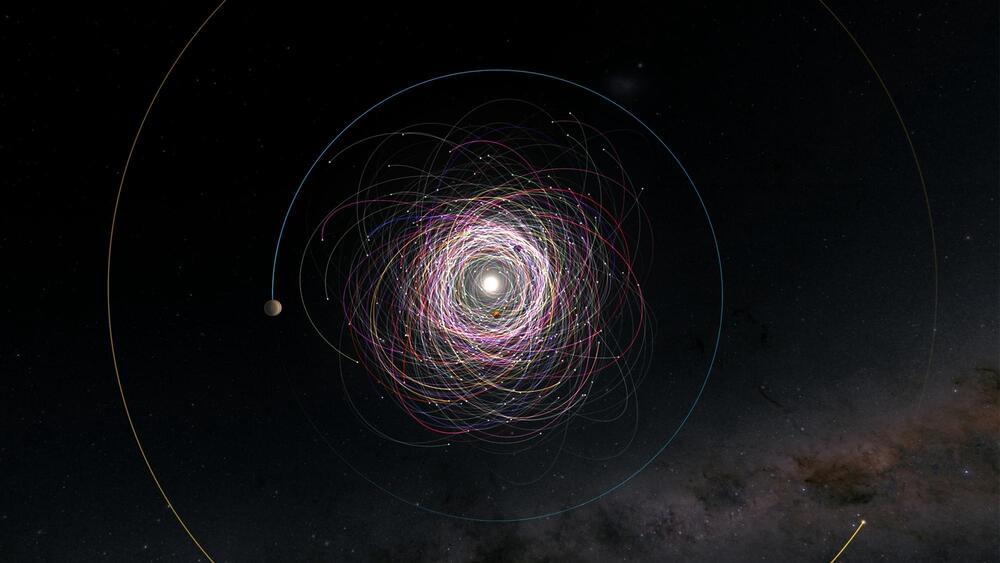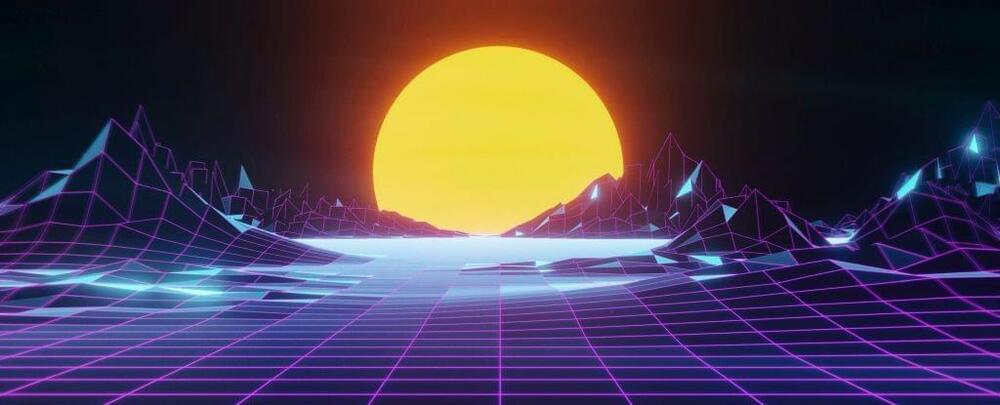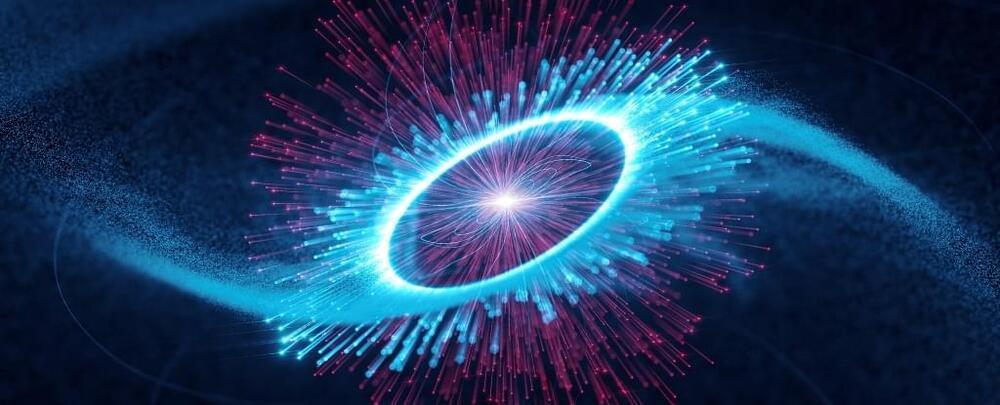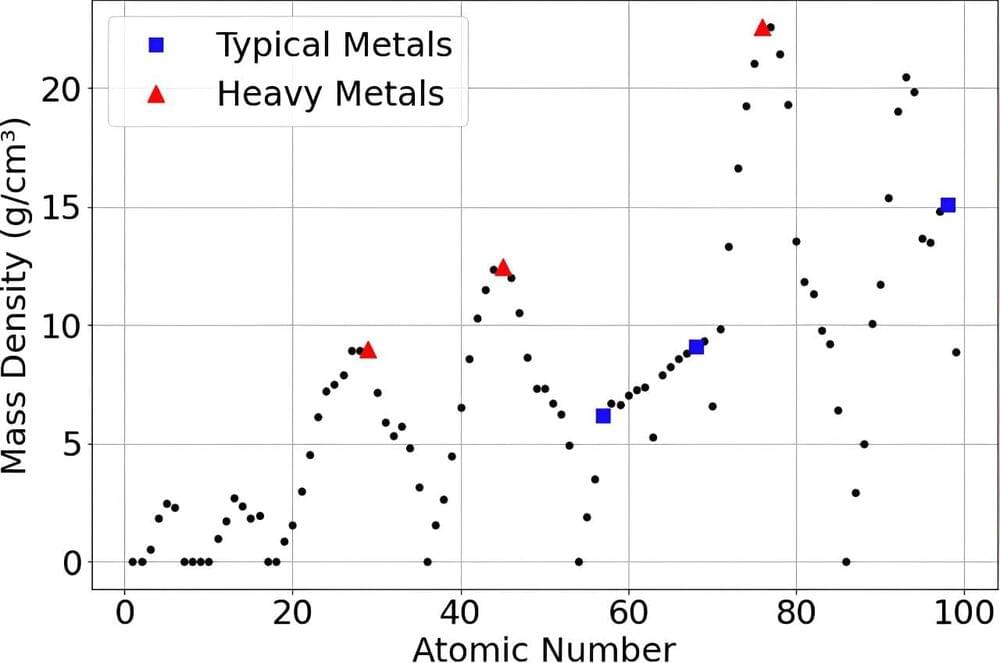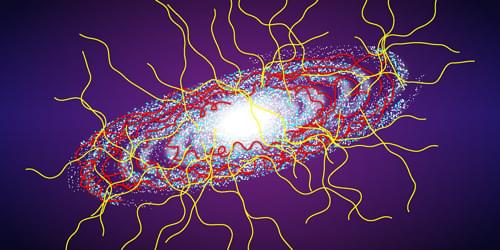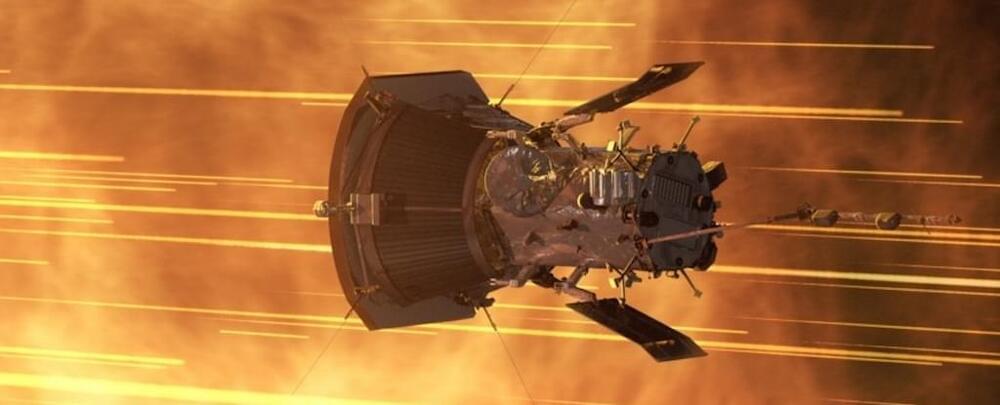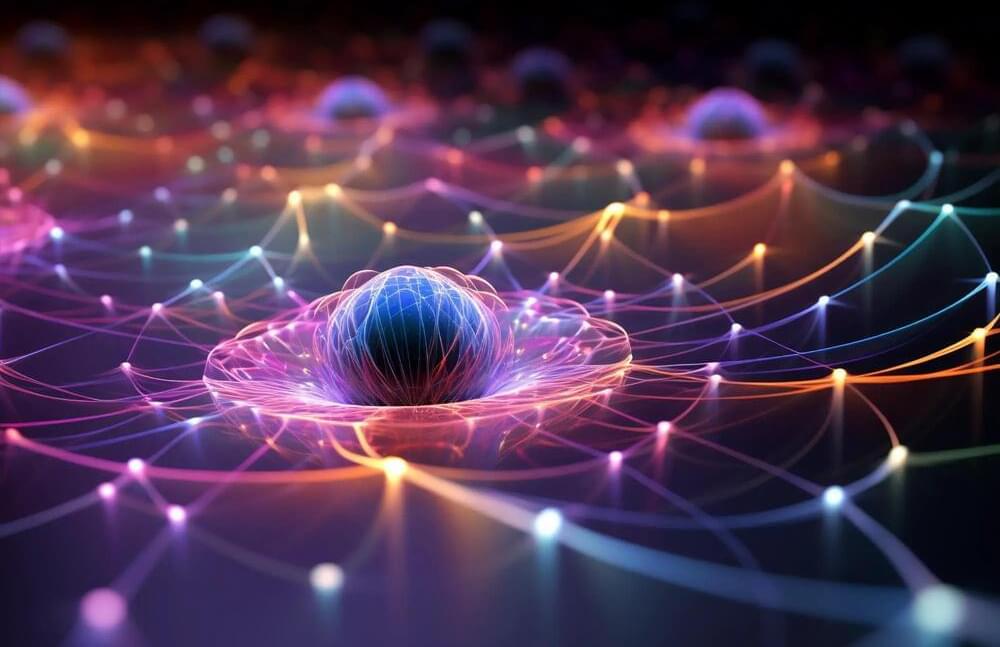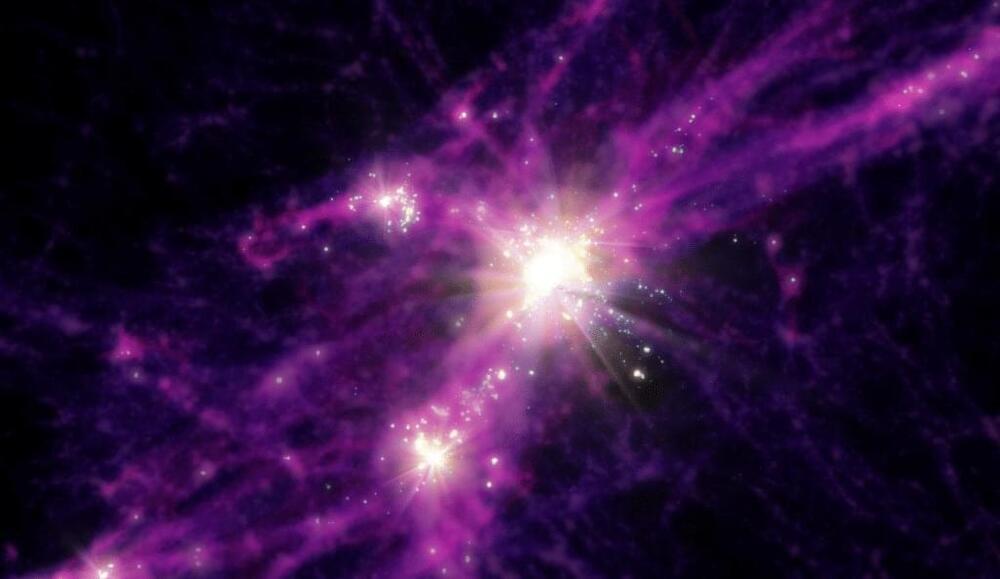We need a way to boost the magnetic fields around the earth because it could eventually scorch some parts of the earth if left in mitigated.
The Sun has been punching holes in the Earth’s magnetic field lately – but that’s not as alarming as it sounds.
Instead, they have been sparking magnificent light shows across Europe and North America, made up mainly of crimson auroras and sustained periods of red sky.
The displays have been caused by disturbances in the Earth’s magnetic field, which happened after a massive ejection of plasma from the Sun came hurtling our way.
